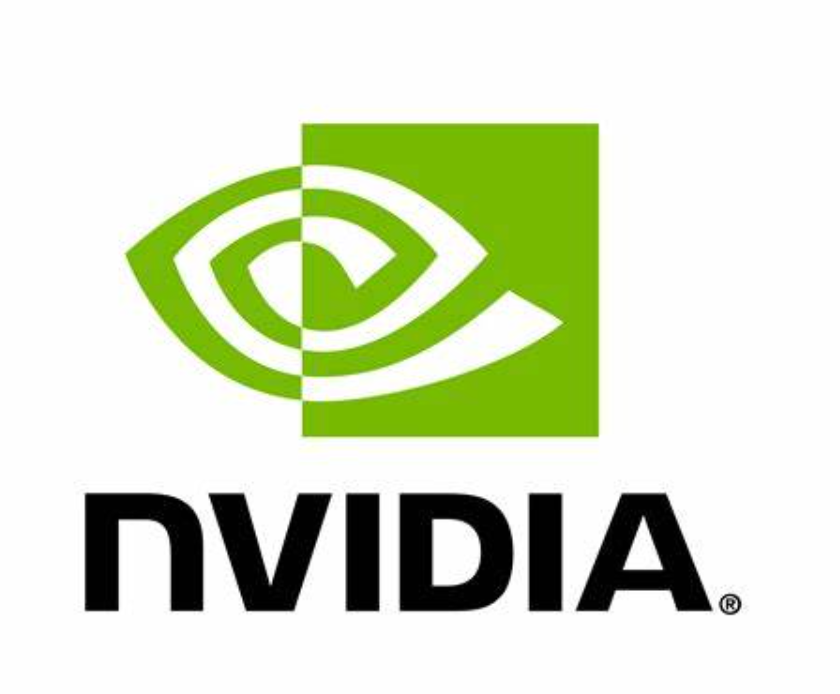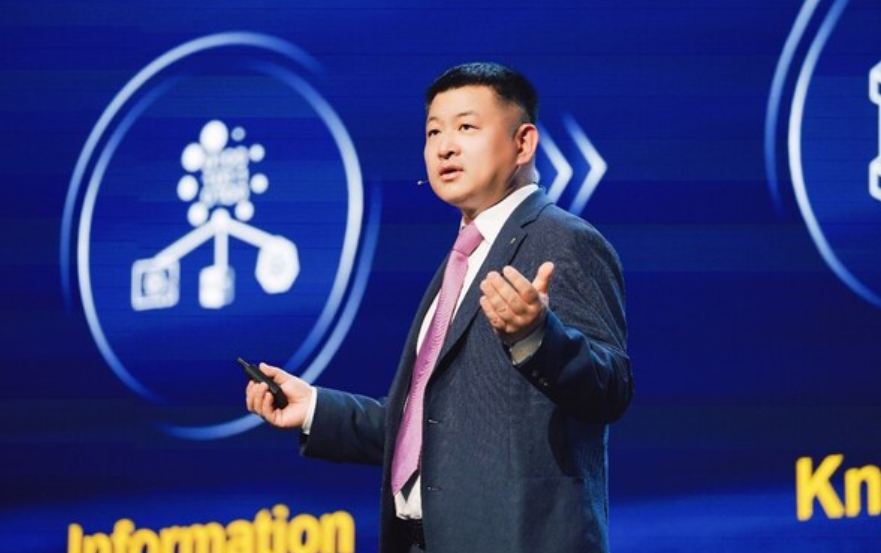On a five-day journey through India earlier this month, Nvidia Corp. CEO Jensen Huang toured four cities, engaged with tech executives and researchers over meals, partook in numerous selfie opportunities, and had a one-on-one discussion with Prime Minister Narendra Modi regarding the AI sector, according to Bloomberg.
In 1993, Jensen Huang, along with Chris Malachowsky and Curtis Priem, founded NVIDIA to address the issue of 3D graphics on PCs. The creation of the GPU by NVIDIA in 1999 propelled the expansion of the PC gaming industry, reshaped contemporary computer graphics, and transformed parallel computing.
As per the Bloomberg Billionaires Index, Huang’s net worth stood at US$38.3 billion in June 2023.
Nvidia CEO Seeks to Tap India’s AI Potential Amid US-China Chip Trade Restrictions
The visit by Huang had a clear business agenda, despite the head of state-like reception. With Nvidia’s graphics processors being crucial for artificial intelligence system development, the 1.4 billion population of the South Asian nation represents a unique opportunity. As restrictions tighten in the US regarding high-end chip exports to China, and the global search for an alternate electronics manufacturing base intensifies, India emerges as a potential hub for AI talent, chip production, and a market for Nvidia’s offerings. During a session with prominent researchers in Delhi, Huang discussed the re-skilling of significant segments of the Indian workforce and the development of future AI models utilizing Indian data and expertise, as reported by multiple attendees. Additionally, in a conversation with a tech executive in Bangalore, India’s technology center, Huang expressed strong confidence in the country’s engineering capabilities, especially highlighting the graduates from the esteemed Indian Institutes of Technology.
“You have the data, you have the talent,” said Huang at a news conference in Bangalore before admitting that the Indian market was set to become one of the largest AI markets globally.
The acceleration of India’s AI growth is a mutual interest for both the country and Nvidia. Amid concerns over the potential misuse of chips for autonomous weaponry or cyberwarfare, chipmakers are restricted from selling top-end microprocessors to China, which constitutes a fifth of Nvidia’s sales. Although Indian engineers form a crucial segment of the digital workforce, the nation is yet to reach the advanced capabilities required to produce Nvidia’s complex chips. Nonetheless, India harbours aspirations to amplify its electronics manufacturing and utilize AI to bolster its digital economy. By investing billions in subsidies to establish chip manufacturing infrastructure, the country aims to attract notable companies like Nvidia, Advanced Micro Devices Inc., and Intel Corp.
The rich potential that India holds in the realm of AI was discussed between Modi and Huang, as shared by Modi later. During Huang’s multi-city tour, this potential was evidenced as India’s largest conglomerate, Reliance, led by billionaire Mukesh Ambani, announced that its Jio Platforms would establish AI computing infrastructure for the nation, utilizing Nvidia’s comprehensive supercomputing technologies, according to a company release. In addition, Reliance along with another major conglomerate, Tata, plans to construct and manage state-of-the-art AI supercomputing data centers, providing AI infrastructure as a service for researchers, corporations, and startups, as mentioned by Nvidia, albeit without disclosing further specifics or timelines.
Attractive Market
Having previously managed to attract behemoths like Apple Inc. and Amazon.com Inc. to transition contract electronics manufacturing from China to the extent that Apple will retail India-manufactured iPhone 15 devices on launch day this month, India is now setting its sights on the semiconductor sector. While having garnered some experience in chip design, the country has had no prior engagement in semiconductor foundries. The intricate chips, inclusive of those conceptualized by Nvidia, are predominantly manufactured in Taiwan. Over numerous decades, substantial investments reaching billions have been channelled to attain the present state of manufacturing intricacy in Taiwan.
With a total of 4,000 engineers, Nvidia has established four engineering centers in India, encompassing locations in Bangalore and the Gurgaon suburbs of Delhi, marking its second-largest talent pool following the US. Amid his visit, Huang conducted town halls at each of these locations, emphasizing the necessity of sustaining competitiveness in the swiftly advancing AI marketplace. In discussions with employees, he reiterated a phrase he’s previously employed in public, adapting the classic hunt-or-be-hunted saying: Either one is in pursuit of sustenance, or in evasion of becoming sustenance.






